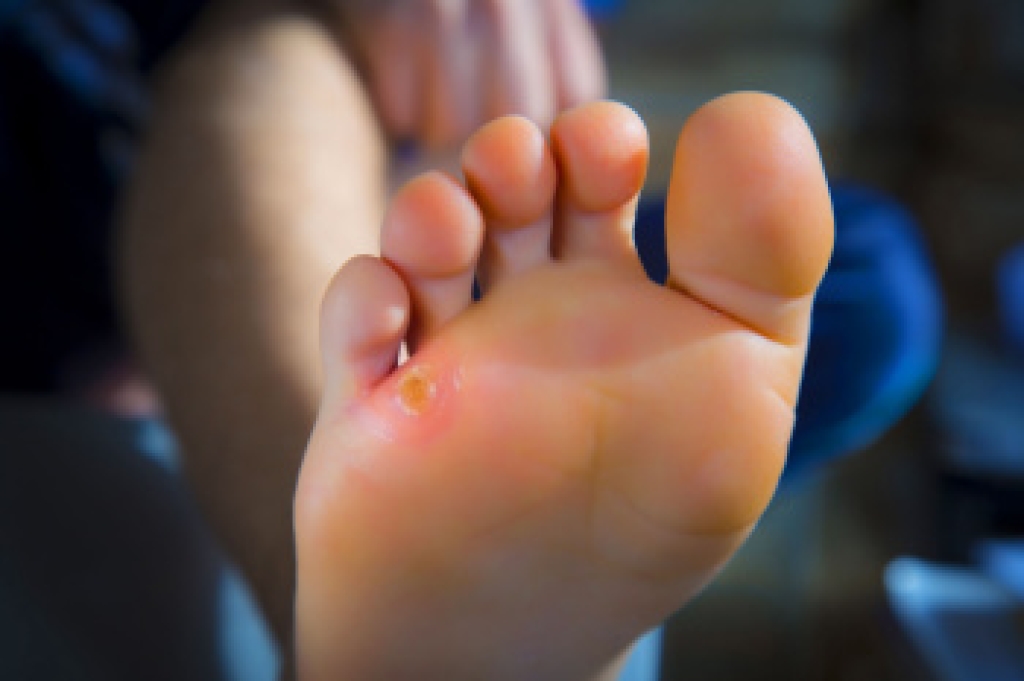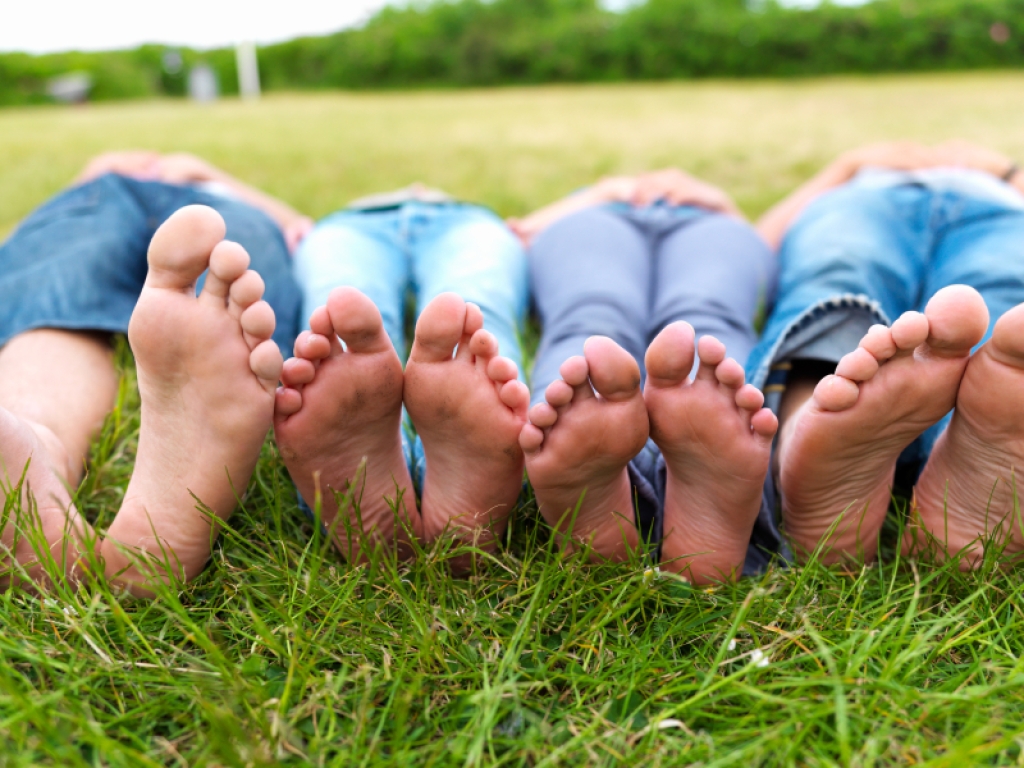
Foot corns are areas of thickened skin that develop when pressure or friction is repeatedly applied to certain parts of the feet. They often result from wearing shoes that are too tight, high heeled, or poorly fitted, which places excess pressure on the toes or soles. Corns can cause discomfort, pain, and difficulty walking, if not addressed. Prevention includes wearing properly fitted shoes with cushioned soles and protective padding to reduce friction. A podiatrist can safely remove corns, recommend orthotics, and guide you on proper footwear choices to stop them from returning. If you have a painful corn, it is suggested that you consult a podiatrist who can offer effective relief and treatment solutions.
Corns can make walking very painful and should be treated immediately. If you have questions regarding your feet and ankles, contact James Tyler Vestile, DPM of Foot and Ankle Centers of Indiana. Our doctor will treat your foot and ankle needs.
Corns: What Are They? And How Do You Get Rid of Them?
Corns are thickened areas on the skin that can become painful. They are caused by excessive pressure and friction on the skin. Corns press into the deeper layers of the skin and are usually round in shape.
Ways to Prevent Corns
There are many ways to get rid of painful corns such as:
- Wearing properly fitting shoes that have been measured by a professional
- Wearing shoes that are not sharply pointed or have high heels
- Wearing only shoes that offer support
Treating Corns
Although most corns slowly disappear when the friction or pressure stops, this isn’t always the case. Consult with your podiatrist to determine the best treatment option for your case of corns.
If you have any questions, please feel free to contact our office located in Tipton, IN . We offer the newest diagnostic and treatment technologies for all your foot care needs.




